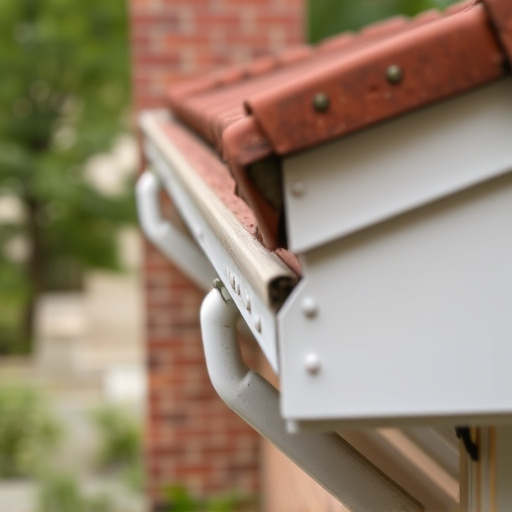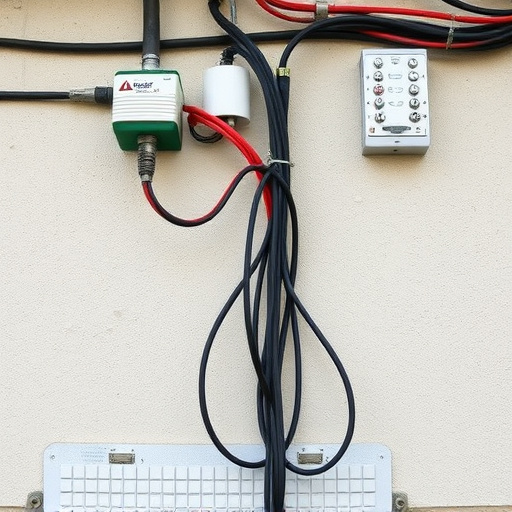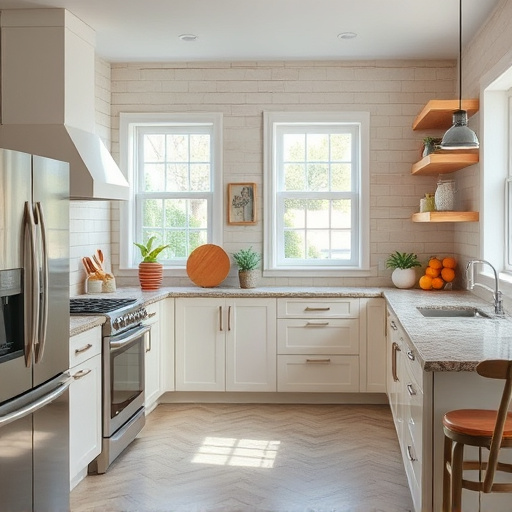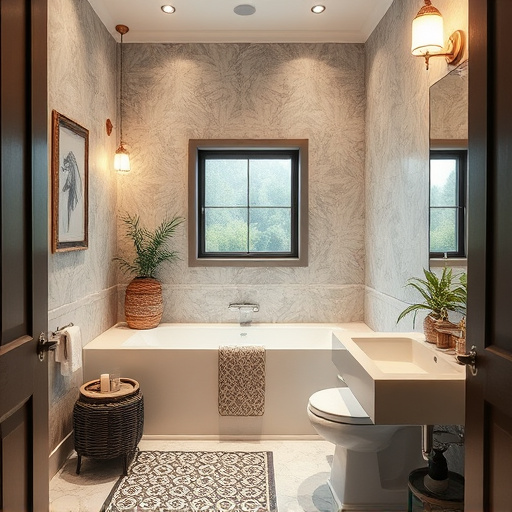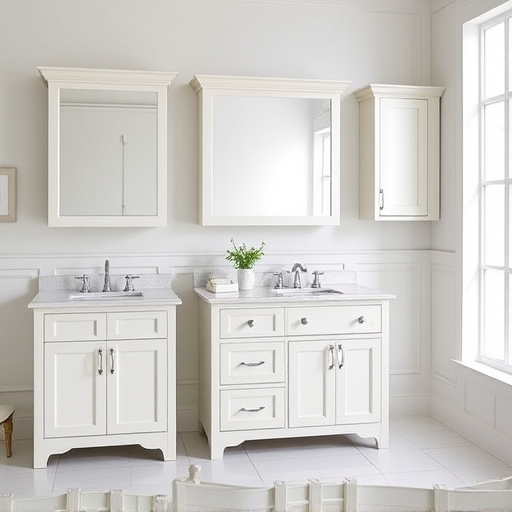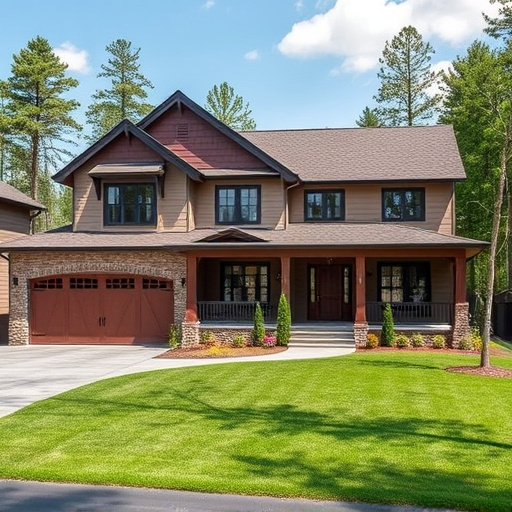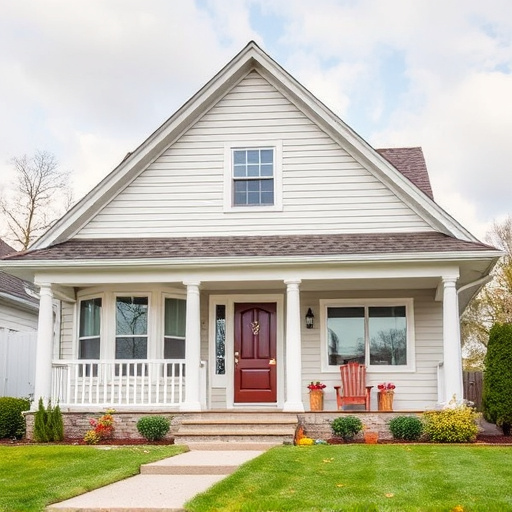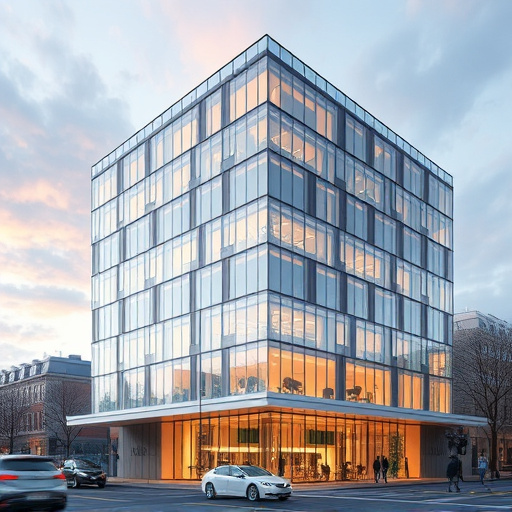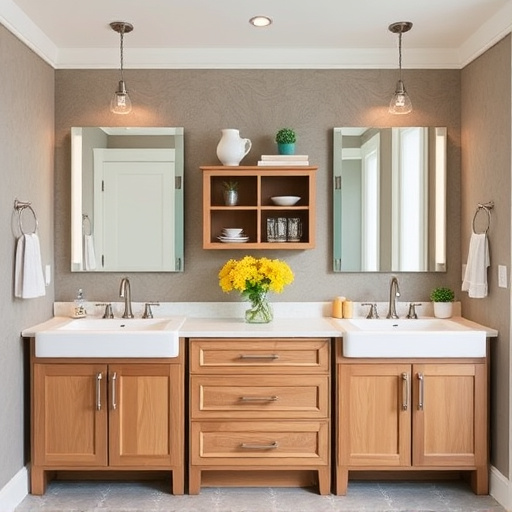Sustainable materials like reclaimed wood, natural fibers, and recycled metal are key to eco-friendly interior design, reducing environmental impact without sacrificing style. Energy-efficient features such as LED lighting and strategic insulation further enhance sustainability and save on utility bills. Minimalism focuses on simplifying living spaces with multi-functional furniture, emphasizing purpose for a greener lifestyle.
Embrace a greener lifestyle with eco-friendly interior design ideas that blend style and sustainability. Discover how choosing sustainable materials, incorporating energy-efficient features, and adopting minimalist aesthetics can transform your home into an environmentally conscious sanctuary. From eco-conscious furniture to green building practices, this guide explores practical yet stylish ways to make your interior spaces more harmonious with nature. Dive into these innovative concepts and inspire a fresh, sustainable approach to interior design.
- Sustainable Materials: Choosing Eco-Conscious Options for Your Home
- Energy Efficiency: Incorporating Green Features for Lower Utility Bills
- Minimalist Aesthetics: Simplifying Spaces for a Greener Lifestyle
Sustainable Materials: Choosing Eco-Conscious Options for Your Home
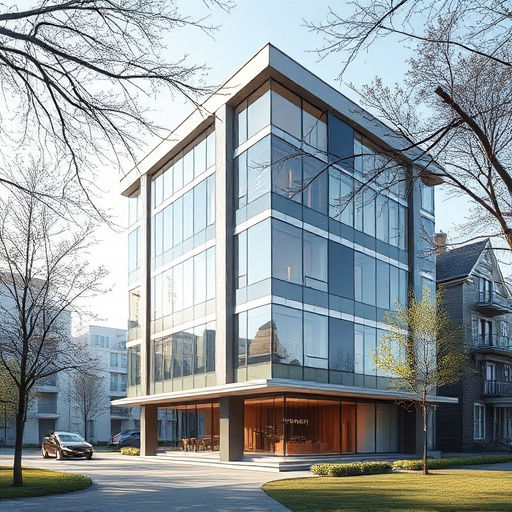
When it comes to eco-friendly interior design, selecting sustainable materials is a powerful way to reduce your environmental footprint. Opting for eco-conscious options doesn’t mean sacrificing style; in fact, it opens doors to unique and aesthetically pleasing choices. Consider using reclaimed wood for furniture or flooring replacements, which not only adds character to your space but also minimizes waste. In the market for a home renovation or looking to enhance your current interior design? Choose natural fibers like bamboo, hemp, or wool for fabrics, carpets, and even wall coverings. These materials are biodegradable and often have a lower environmental impact than traditional synthetic alternatives.
Moreover, exploring innovative options like recycled metal, upcycled glass, and sustainable stone can transform your home while promoting eco-friendly practices. Incorporating these materials into your interior design not only contributes to a greener planet but also ensures longevity in your space. Whether you’re planning a renovation or simply looking to refresh your decor, making conscious choices in materials will create a beautiful, sustainable living environment.
Energy Efficiency: Incorporating Green Features for Lower Utility Bills
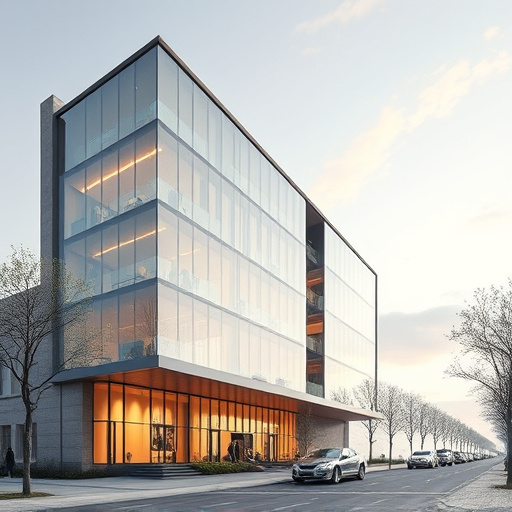
Incorporating energy-efficient features into your interior design not only contributes to sustainable living but also translates to significant savings on utility bills. Simple yet effective changes, such as switching to LED lighting, using smart thermostats to manage heating and cooling systems, and selecting energy-efficient appliances, can dramatically reduce your home’s carbon footprint and lower monthly expenses. These green features are integral parts of any whole house remodel or even a bathroom remodel, offering both environmental and economic benefits.
For instance, proper insulation in walls, attics, and floors helps maintain ideal indoor temperatures, reducing the workload on HVAC systems. Additionally, leveraging natural light through strategic window placement and incorporating daylighting techniques can minimize the need for artificial lighting during the day. These strategies not only promote energy conservation but also create healthier living spaces, contributing to a more comfortable and sustainable home environment.
Minimalist Aesthetics: Simplifying Spaces for a Greener Lifestyle
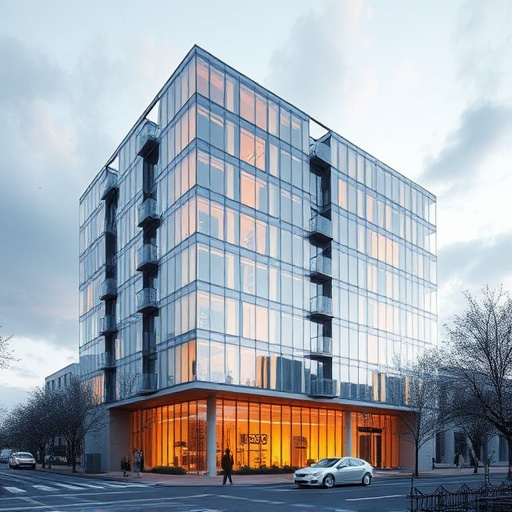
In today’s eco-conscious world, minimalist aesthetics have emerged as a powerful trend within interior design. This approach encourages simplifying living spaces to create a more sustainable and harmonious environment. By adopting a minimalist style, homeowners can reduce their carbon footprint through thoughtful choices in furniture, decor, and overall space planning. Less is indeed more when it comes to embracing a greener lifestyle.
Simplifying doesn’t mean sacrificing comfort or aesthetics; instead, it’s about selecting functional and versatile pieces that serve multiple purposes. For instance, opt for multi-functional furniture during home renovations or remodeling projects. A custom-built storage unit with integrated seating or a bed frame designed with built-in drawers can reduce the need for additional pieces, minimizing clutter and maximizing space efficiency. This philosophy extends beyond just the selection of furniture; it also guides the overall design process, ensuring that every element in the interior has a purpose, contributing to a more serene and eco-friendly atmosphere.
Integrating eco-friendly practices into your interior design not only creates a beautiful, functional space but also contributes to a sustainable future. By opting for sustainable materials, embracing energy efficiency, and adopting a minimalist aesthetic, you can transform your home into an environmentally conscious oasis. These simple yet powerful changes enable you to reduce your carbon footprint while enjoying a stylish and comfortable living environment. Embrace these green interior design ideas and lead the way towards a more sustainable lifestyle.
